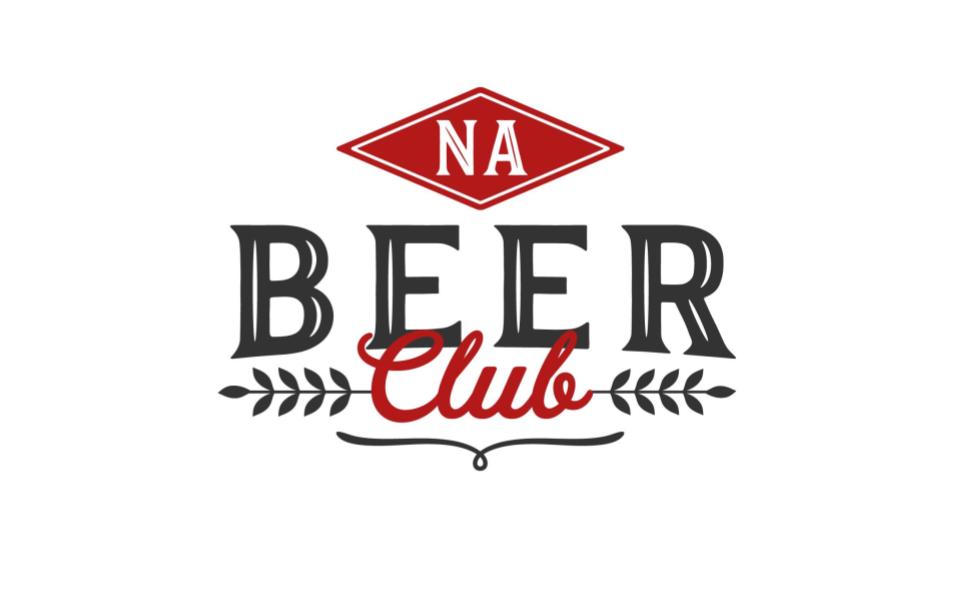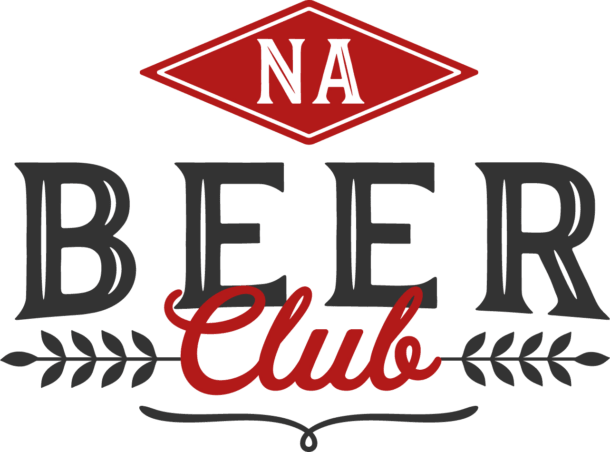Non-alcoholic beer is a relatively new product in the market and its popularity is rising rapidly.
Brewers everywhere are making amazing craft non-alcoholic beers that taste just like the real thing.
The main difference between non-alcoholic and alcoholic beers is the alcohol content. Non-alcoholic beers have zero to very little alcohol content (less than 0.5% alcohol by volume).
Alcoholic beers have an alcohol content that typically ranges from 2% to 12%. In many cases, the non-alcoholic beer is indistinguishable from its alcoholic counterpart.
In this blog, we’re going to cover a question we often receive: how is non-alcoholic beer made?
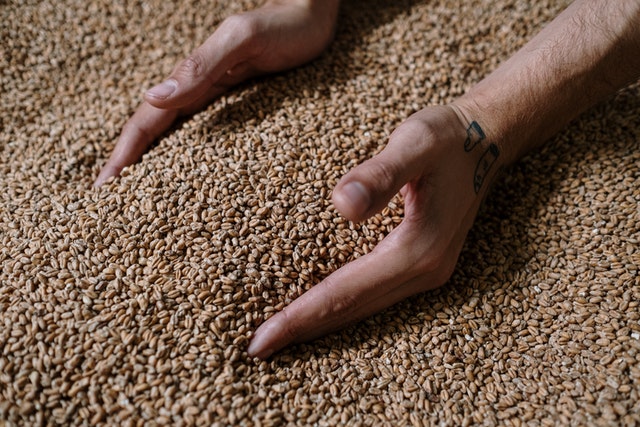
Ingredients of Non-Alcoholic Beer
Similar to regular alcoholic beer, non-alcoholic beer is brewed with four standard ingredients: water, grain, hops, and yeast.
Water makes up the largest majority of any beer you can find on the shelf. Grains provide the sugar which the yeast converts to alcohol through a process called fermentation.
Hops provide that familiar bitter taste and flavorful aroma that many beers have.
Breweries will normally add spices and other ingredients to create their non-alcoholic beer recipe, but everything boils down to those four essential ingredients.
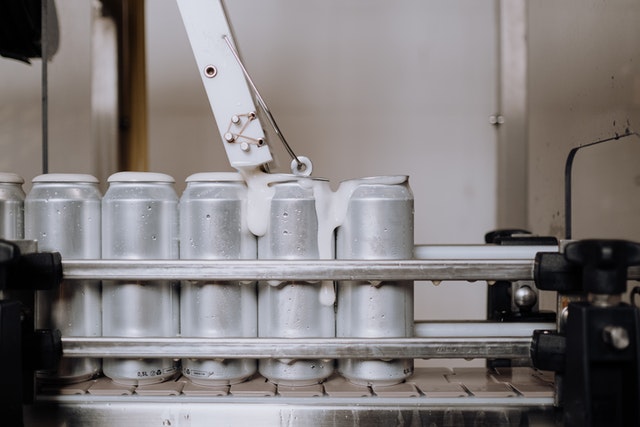
How is Non-Alcoholic Beer Made?
Non-alcoholic beers are typically brewed using one of four major methods: controlled fermentation, dealcoholization, dilution, or simulated fermentation.
In all four scenarios, brewers use standard beer ingredients to maintain that familiar hoppy beer taste without the punch of alcohol.
Along with the selected recipe, these various approaches determine what the brew will look, smell, and taste like.
As the popularity of non-alcoholic beer grows, we anticipate new techniques emerging soon.
Controlled Fermentation
Controlled fermentation is the most common method of producing non-alcoholic beers. Sometimes it’s referred to as “arrested fermentation.”
It involves similarly fermenting the beer as regular alcoholic beers but stopping the fermentation process before it reaches its normal, alcohol-producing conclusion.
This is done by ensuring the wort does not get any hotter than 60°F. This means that there is no alcohol produced by the yeast during this process.
The result is a low-alcohol or non-alcoholic beer.
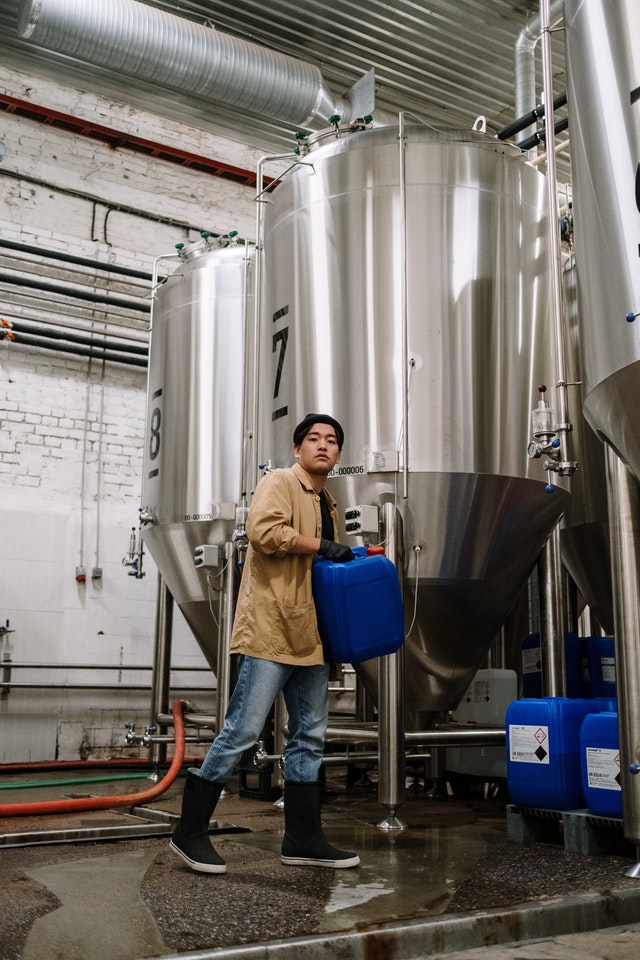
Dealcoholization
Dealcoholization is a process that involves removing alcohol from a liquid that contains it.
The most common way to do this is by adding water or steam to the liquid and boiling it under pressure. This releases the alcohol as vapor into a condenser, where it’s collected and sent away. The remaining liquid is then sold as non-alcoholic beer.
Many of the first brands to brew NA beer started using the dealcoholization method. Anheuser-Busch started boiling off the alcohol of regular beer to sell as non-alcoholic beer during prohibition.
Later, companies like Texas Select used the same method to sell American-style beer to places where alcohol was illegal.
Today, companies like ABV Technology use much more sophisticated ways of creating NA beer from regular, leaded beer.
Dilution
Dilution involves adding water to the finished, leaded beer, which reduces the alcohol content by diluting it with water.
The amount of water added will depend on how much alcohol there is in the original brew, but typically it’s around 10%. This means that if your beer has an ABV (alcohol by volume) of 5%, then diluting it with 10% water will reduce its ABV to 4%.
This can be done either before or after fermentation has taken place.
Simulated Fermentation
In some situations, brewers want to avoid the fermentation of sugars altogether.
With the simulated fermentation method, they skip the fermentation process when brewing and add ingredients and enzymes to simulate the same effect.
There are many different methods used to make non-alcoholic beer. Some of them use technology to remove the alcohol from the original beer, while others use natural processes to do the same thing.
Now when someone asks you “how is non-alcoholic beer made?” the short answer you can give is that it’s just like a regular beer.
The long answer is a little more complicated, but now you can rattle off the four main methods.
Feel free to explore the various methodologies by testing the non-alcoholic beers from our in our NA beer-of-the-month subscription or by checking out this list of new NA beers to try.
